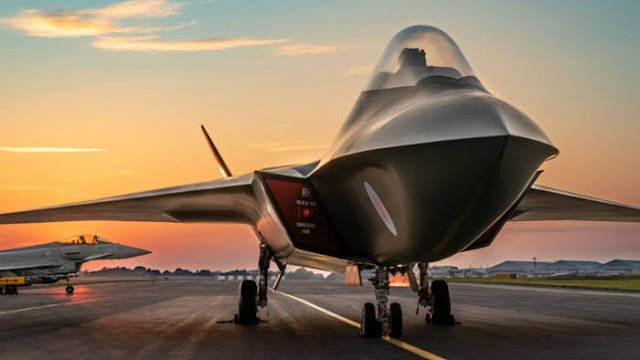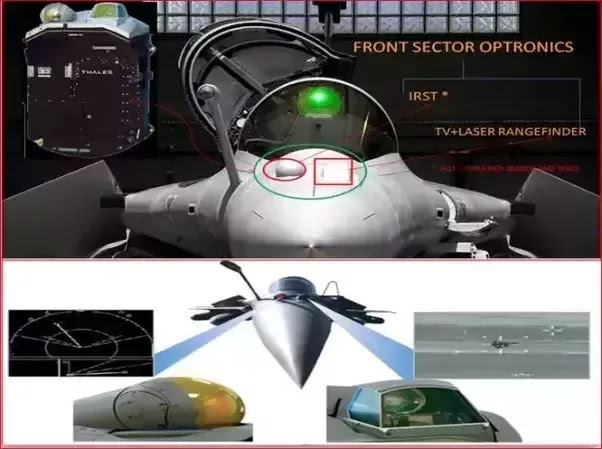Il Mark 54 (LHT) è un siluro leggero standard da 324 mm antisommergibile (ASW), utilizzato dalla Marina degli Stati Uniti e da alcuni alleati.
Sviluppo
Il Mark 54 è stato co-sviluppato dalla Raytheon Integrated Defense Systems e dalla US Navy nell'ambito del programma Siluro ibrido leggero della US Navy in risposta ai problemi insorti con i vecchi siluri Mark 50 e Mark 46. L’Mk 50, essendo stato sviluppato per contrastare SSN nucleari ad alte prestazioni come il sovietico Alfa, è risultato troppo costoso per l’utilizzo contro sottomarini convenzionali. Il più vecchio Mk 46 era stato progettato per l'utilizzo in mare aperto e non era idoneo per le zone litoranee ed i bassi fondali.
Il siluro Mk 54 è stato progettato combinando la testa cercante homing dell'Mk 50 con la testata e la sezione propulsiva dell’Mk 46, migliorando pertanto le prestazioni in acque poco profonde, e con l'aggiunta della tecnologia off-the-shelf commerciale (COTS) per ridurre al massimo i costi. L’arma subacquea condivide gran parte del software e del computer hardware del Mk 48 ADCAP siluro pesante, basata su un personalizzato 603e PowerPC chip.
I test di sviluppo sono iniziati nel luglio 1999, e la progettazione critica è stata completata nel novembre 1999.
Nell'aprile 2003, la Raytheon si è aggiudicata un unico contratto base per la produzione dell’Mk 54. La produzione in serie è iniziata nel mese di ottobre 2004. Nel marzo 2010 la Quinta Flotta ha richiesto miglioramenti nelle prestazioni dell’Mk 54 per l’ingaggio di sottomarini diesel-elettrici tramite una necessità operativa urgente Statement. Ciò ha portato ad un programma di aggiornamento software per il mese di agosto 2011.
L’Mk 54 può essere lanciato da navi di superficie attraverso i tubi lanciasiluri Mk.32, tramite sistemi missilistici ASROC, e anche dalla maggior parte degli aerei ASW, con lunghezze e pesi leggermente diversi. Il P-8 Poseidon utilizza sistemi per il rilascio da alta quota denominati Anti-Submarine Warfare Weapons Capability (HAAWWC), con guida GPS e paracadute.
Il rapporto FY14 DOT & E ha valutato l'Mk 54 non operativamente efficace nel suo ruolo previsto. Durante scenari operativamente impegnativi e realistici, l’Mk 54 ha dimostrato prestazioni inferiori a quelli di progetto. I deficit sono stati identificati con le tattiche delle piattaforme di lancio e con problematiche di interoperabilità con alcuni sistemi di controllo della piattaforma di lancio.
L’Mark 54 è in servizio nella US Navy e nella Royal Australian Navy. Nell'ottobre 2010, l'Australia ha ordinato altri 200 siluri.
Nel giugno del 2011, anche l'India ha ordinato 32 Mk 54 associati ad attrezzature, parti di ricambio, addestramento e di supporto logistico per un costo stimato di $ 86 milioni di dollari attraverso il programma Vendite Foreign Military del governo degli Stati Uniti per il P-8I LRMP.
Nel gennaio 2018 anche il velivolo P-8 Poseidon dalla RAF ha avuto in dotazione l’Mk 54.
Nei primi mesi del 2018 il Dipartimento di Stato degli Stati Uniti ha approvato la vendita di Mk54 alla Marina messicana, che li utilizzerà sulle nuove fregate classe Sigma della olandese Damen Schelde Naval Shipbuilding.
Nel mese di aprile 2018, il Dipartimento di Stato degli Stati Uniti ha autorizzato la vendita di altri 30 Mark 54 alla marina messicana, per gli elicotteri imbarcati MH-60R.
Nel mese di agosto 2018 anche la Marina Reale olandese ha ordinato un primo lotto di 106 kit di aggiornamento per modificare i siluri MK46 allo standard Mk54.
ENGLISH
The Mark 54 Lightweight Torpedo (formerly known as Lightweight Hybrid Torpedo, or LHT) is a standard 12.75 inch (324 mm) anti-submarine warfare (ASW) torpedo used by the United States Navy.
Development
The Mark 54 was co-developed by Raytheon Integrated Defense Systems and the U.S. Navy under the U.S. Navy's Lightweight Hybrid Torpedo program in response to perceived problems with the extant Mark 50 and Mark 46 torpedoes. The Mk 50, having been developed to counter very high performance nuclear submarines such as the Soviet Alfa class, was seen as too expensive to use against relatively slow conventional submarines. The older Mk 46, designed for open-ocean use, performed poorly in the littoral areas, where the Navy envisioned itself likely to operate in the future.
The Mk 54 was created by combining the homing portion of the Mk 50 and the warhead and propulsion sections of the Mk 46, improved for better performance in shallow water, and with the addition of commercial off-the-shelf (COTS) technology to further reduce costs. It shares much of the software and computer hardware of the Mk 48 ADCAP heavy torpedo, based around a custom PowerPC 603e chip.
Developmental testing began in July 1999, and a successful critical design review was completed in November 1999.
In April 2003, Raytheon was awarded a sole source contract for the production of the Mk 54. Full rate production began in October 2004. In March 2010 the Fifth Fleet requested improvements in the Mk 54's performance against diesel-electric submarines via an Urgent Operational Need Statement (UONS). This led to a software Block Upgrade (BUG) program which began testing in August 2011 and which continues, having been criticised by the Director, Operational Test and Evaluation (DOT&E) for using unrealistic proxies for threat submarines.
The Mk 54 can be fired from surface ships via the Mark 32 surface vessel torpedo tubes or the vertical launch anti-submarine rocket (ASROC) systems, and also from most ASW aircraft, although they are slightly different lengths and weights. The P-8 Poseidon uses the High-Altitude Anti-Submarine Warfare Weapons Capability (HAAWWC) GPS-guided parachute kit to drop torpedoes from high altitude.
The FY14 DOT&E report assessed the Mk 54 (BUG) torpedo as not operationally effective in its intended role. "During operationally challenging and realistic scenarios, the Mk 54 demonstrated below threshold performance and exhibited many of the same failure mechanisms observed during the FY 2004 initial operational testing". Shortfalls were also identified with the employing platforms’ tactics and tactical documentation, and interoperability problems with some platform fire control systems.
Users
The Mark 54 is carried by the U.S. Navy and the Royal Australian Navy. In October 2010, Australia ordered 200 more torpedoes.
In June 2011, it was reported that India will get 32 Mk 54 All-Up-Round Lightweight Torpedoes and associated equipment, parts, training and logistical support for an estimated cost of $86 million through U.S. government's Foreign Military Sales program for P-8I LRMP.
In January 2018 it was announced that the P-8 Poseidon aircraft to be operated by the RAF will carry the Mk 54.
In 2018 the acquisition of MK 54 torpedo's by the Royal Netherlands Navy via the Foreign Military Sales process.
In early 2018 the U.S. State Department approved the sale of Mark 54 torpedoes to the Mexican Navy, who will deploy them from their new Sigma-class design frigates, the first of which is being jointly built with Dutch shipbuilding company Damen Schelde Naval Shipbuilding.
In April 2018, the US State Department cleared the sale of an additional 30 Mark 54 torpedoes to the Mexican Navy, which may be carried on MH-60R helicopters, which the Mexican Navy plans to order in the near future.
In May 2019 Canada requested 425 Mk54 lightweight torpedo conversion kits, plus ancillary training, exercise and maintenance spare parts. This procurement will allow Canada to upgrade its current inventory of Mk46 torpedoes. If the sale is finalised, the Mk54 lightweight torpedoes are expected to be used on the Royal Canadian Navy’s Halifax-class ships, and the Royal Canadian Air Force’s CP-140 Aurora aircraft. The torpedoes are also planned to be deployed from the CH-148 maritime helicopters.
(Web, Google, Wikipedia, You Tube)



































































